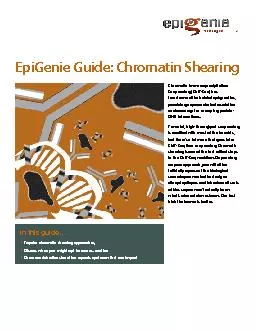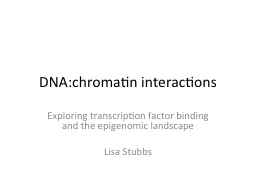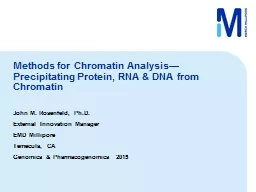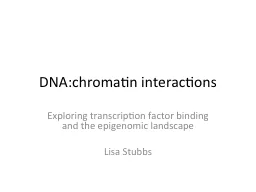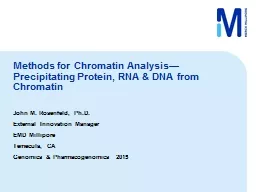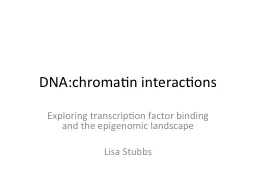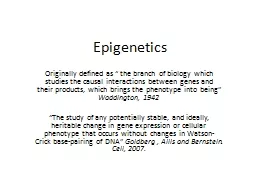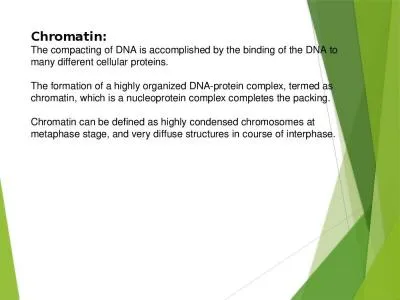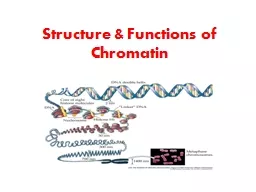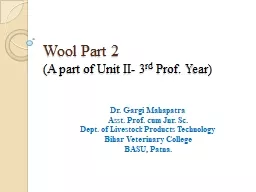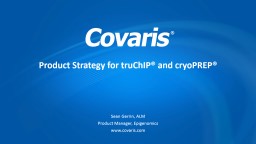PDF-EpiGenie Guide: Chromatin Shearing
Author : phoebe-click | Published Date : 2015-10-20
In this guide133 Popular chromatin shearing approaches Discuss when you might opt for one vs another Share considerations for other aspects upstream that can
Presentation Embed Code
Download Presentation
Download Presentation The PPT/PDF document "EpiGenie Guide: Chromatin Shearing" is the property of its rightful owner. Permission is granted to download and print the materials on this website for personal, non-commercial use only, and to display it on your personal computer provided you do not modify the materials and that you retain all copyright notices contained in the materials. By downloading content from our website, you accept the terms of this agreement.
EpiGenie Guide: Chromatin Shearing: Transcript
Download Rules Of Document
"EpiGenie Guide: Chromatin Shearing"The content belongs to its owner. You may download and print it for personal use, without modification, and keep all copyright notices. By downloading, you agree to these terms.
Related Documents

